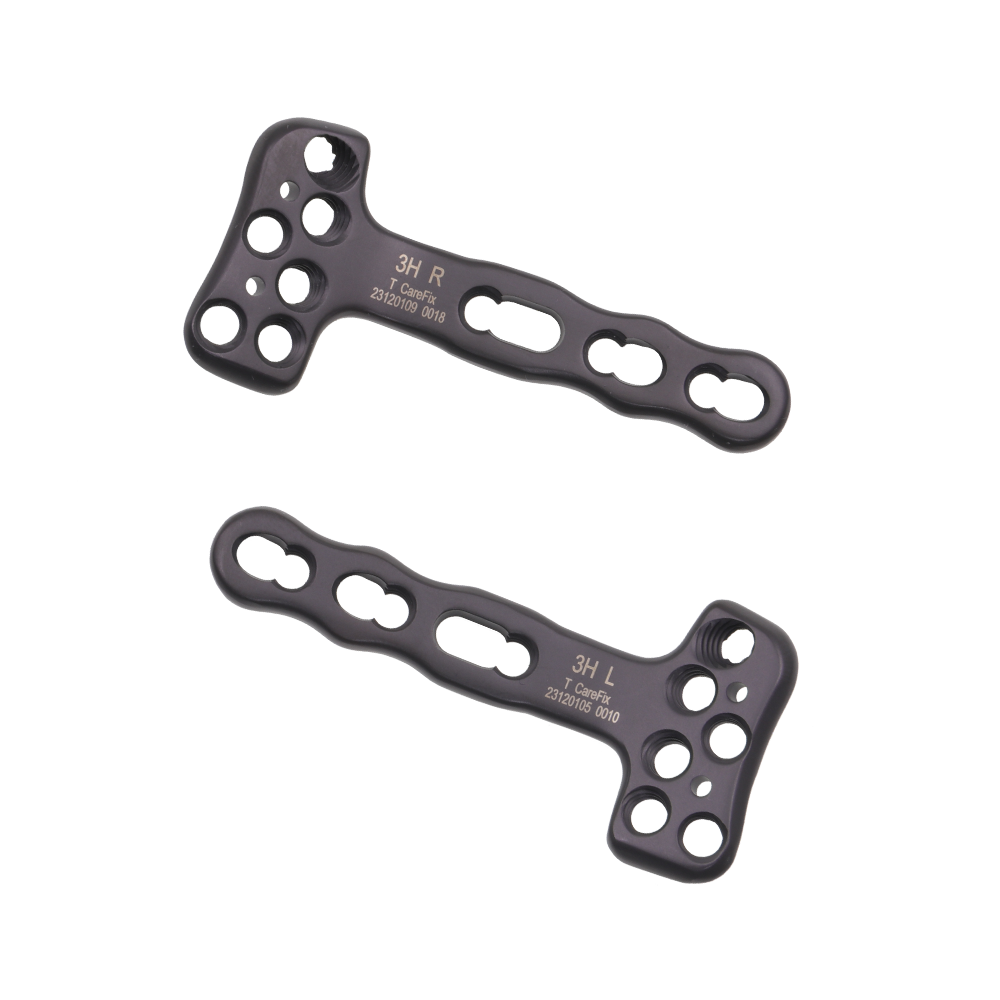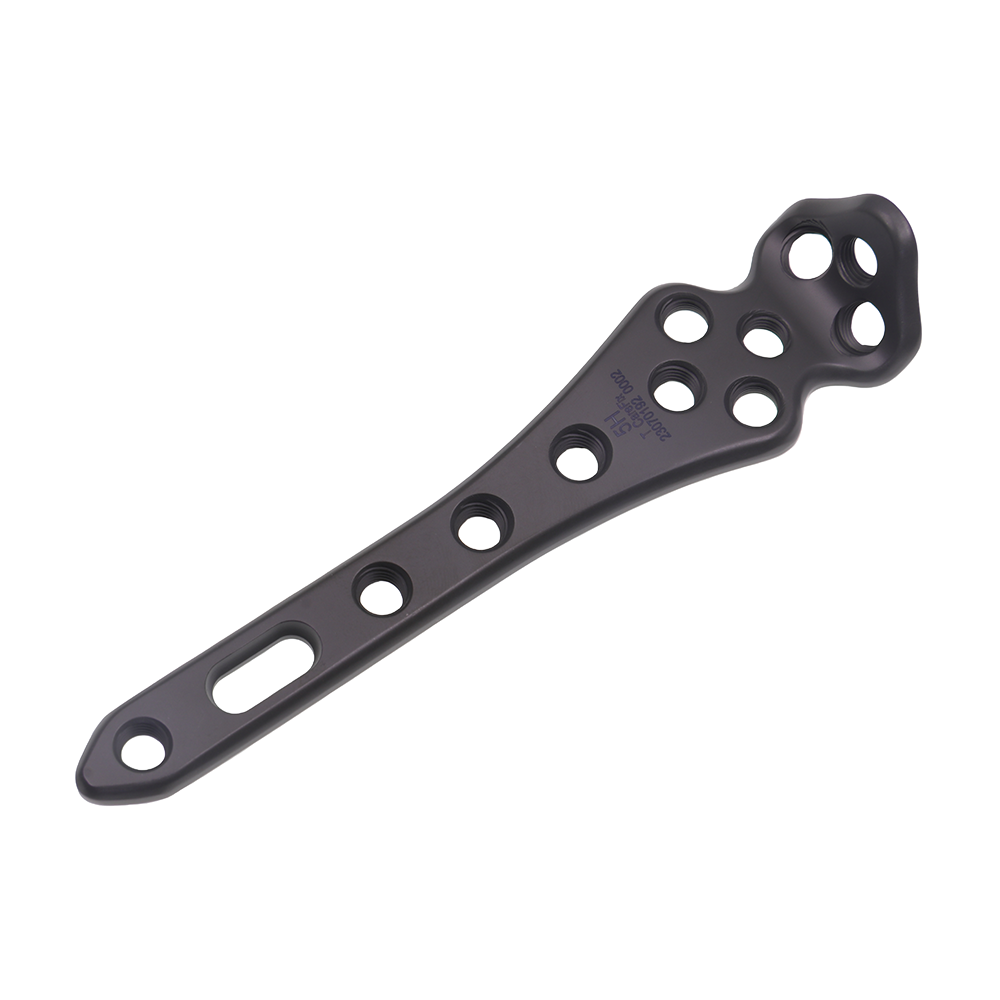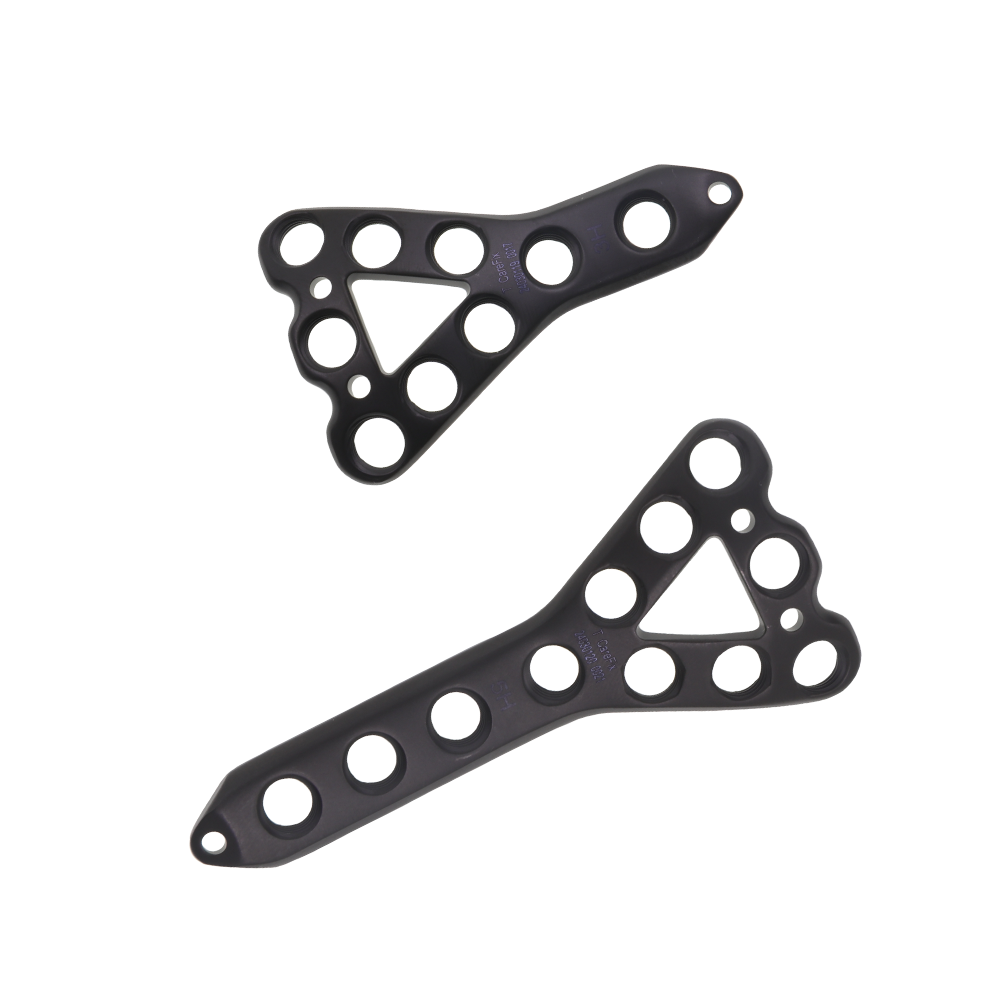orthopedic metal plates and screws
Orthopedic metal plates and screws represent essential components in modern orthopedic surgery, serving as critical internal fixation devices for treating bone fractures and skeletal deformities. These precision-engineered implants are typically manufactured from biocompatible materials such as titanium alloys or medical-grade stainless steel, ensuring optimal integration with human tissue. The plates function as external supports that hold broken bones in proper alignment during the healing process, while the screws secure the plates to the bone and provide compression across the fracture site. Advanced surface treatments and innovative designs enhance osseointegration and reduce the risk of infection. These implants come in various shapes, sizes, and configurations to accommodate different anatomical locations and fracture patterns. Modern plates feature low-profile designs that minimize soft tissue irritation while maintaining structural integrity. The screws incorporate specialized thread patterns and head designs that optimize purchase in bone and lock securely to the plates when required. This technology has revolutionized fracture treatment by allowing early mobilization, reducing recovery time, and improving overall patient outcomes.


